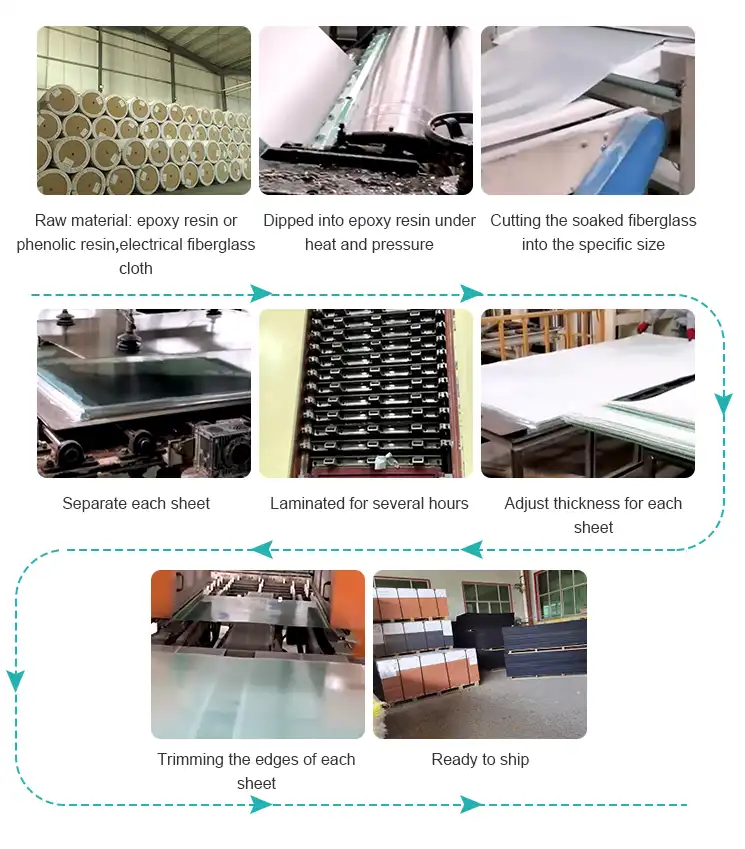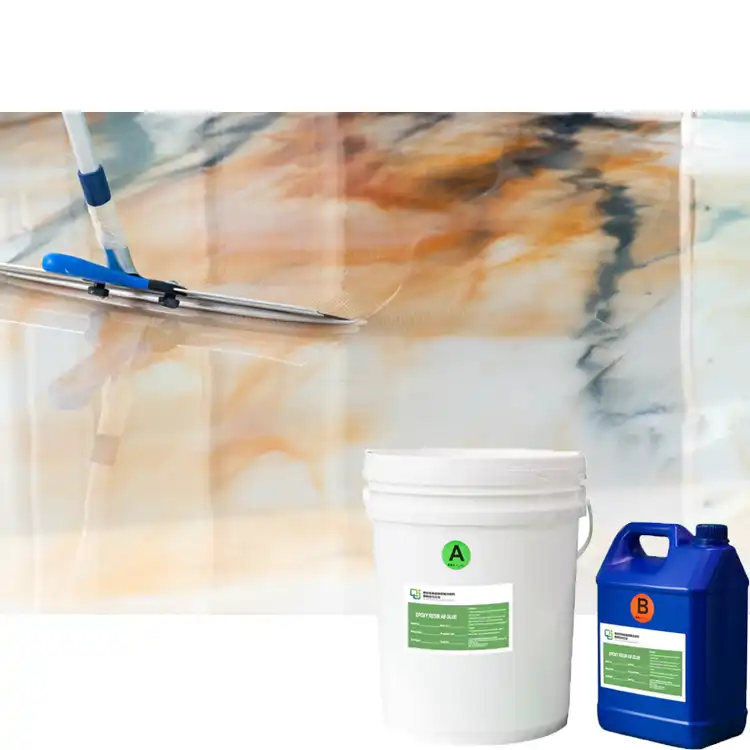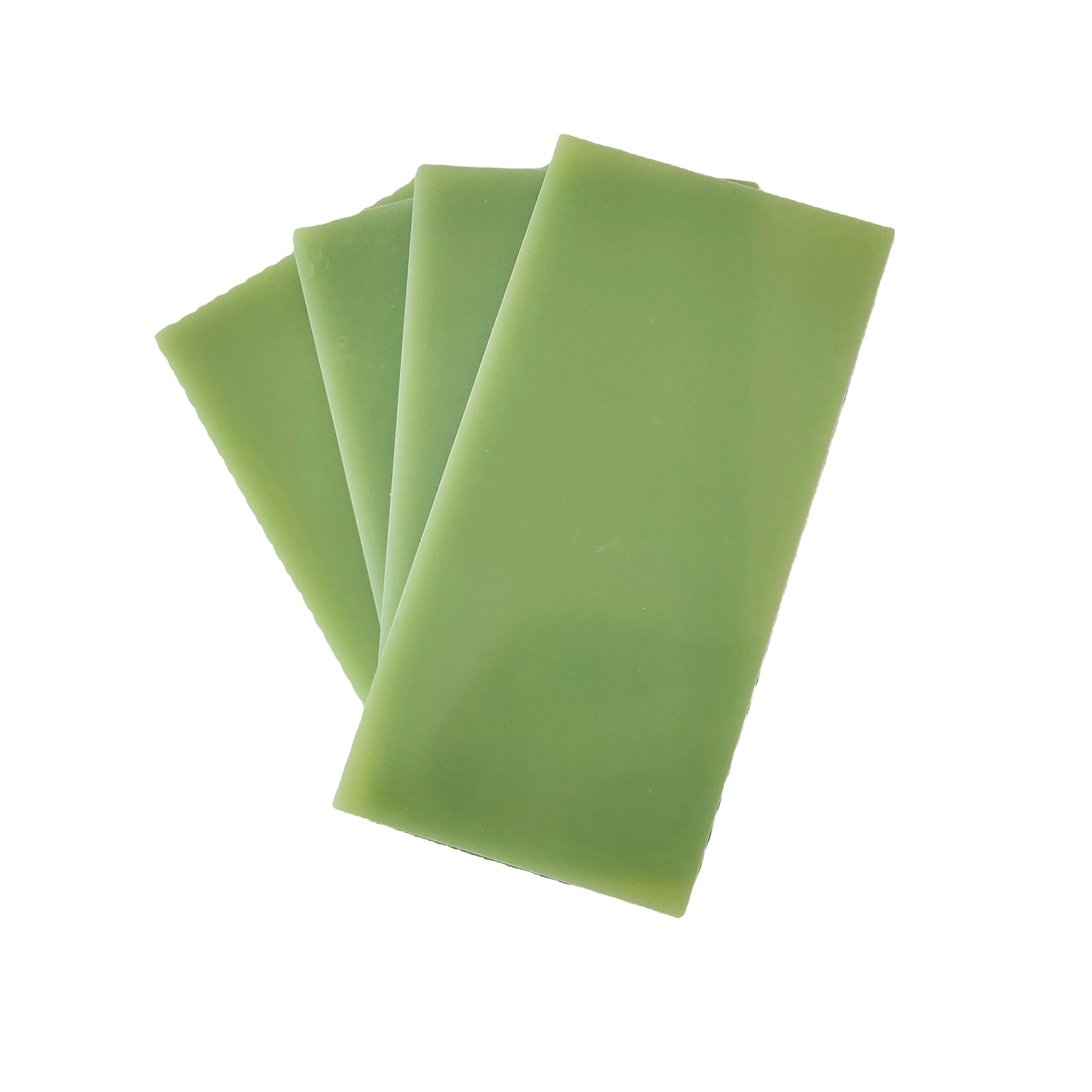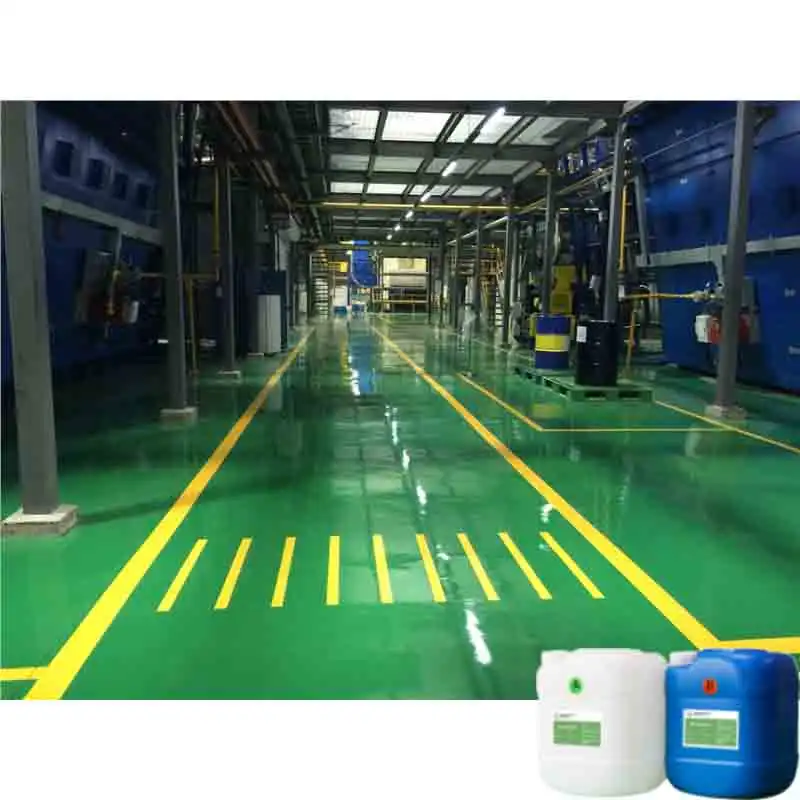Lamination process
2024-12-23 16:45:44
The lamination process is a sophisticated manufacturing technique that involves bonding multiple layers of materials together to create a single, enhanced product. This method is widely used across various industries to improve the properties of materials, such as strength, durability, and appearance. Lamination can be applied to a diverse range of substances, including paper, plastic, metal, and even insulating sheets. The process typically involves applying heat, pressure, or adhesives to fuse the layers, resulting in a composite material that boasts superior characteristics compared to its individual components. Understanding the intricacies of lamination is crucial for manufacturers and engineers seeking to optimize their products and meet the evolving demands of modern applications.
Types of Lamination Processes
Thermal Lamination
Thermal lamination utilizes heat to bond materials together, providing a smooth, glossy finish that enhances durability. This method is particularly effective for plastic-based products and involves melting a thin layer of plastic onto the substrate. The heat activates the adhesive properties of the plastic film, creating a strong and durable bond that helps protect against wear and tear. Thermal lamination is widely used in document preservation, packaging, and the production of identification cards, offering both aesthetic appeal and functional protection for various applications.
Pressure-Sensitive Lamination
Pressure-sensitive lamination relies on adhesives that are activated by applying pressure, eliminating the need for heat or moisture. This makes it an ideal technique for materials that may be sensitive to temperature changes or humidity. The process involves using rollers or presses to apply consistent pressure, ensuring a smooth, uniform bond across the entire surface. Pressure-sensitive lamination is commonly used in the automotive industry for interior components, as well as in the creation of flexible packaging materials, offering both versatility and reliability for various applications.
Wet Lamination
Wet lamination process involves the use of liquid adhesives to bond layers together, offering a highly adaptable solution for various materials. This method can be applied to fabrics, papers, films, and more. The adhesive is carefully applied to one or both surfaces, which are then pressed together and left to cure, creating a strong bond. Wet lamination is particularly valuable in the textile industry for producing waterproof fabrics and is also used in the creation of high-performance composite materials, providing durability and versatility in different applications.
Applications of Lamination in Industry
Insulating Sheet Manufacturing
In the realm of insulating sheet production, lamination plays a pivotal role in enhancing product performance. By combining multiple layers of insulating materials, manufacturers can create sheets with superior thermal and electrical resistance properties, tailored to specific needs. This handle permits for the improvement of thinner, lighter, and more proficient protection items that meet the stringent necessities of different businesses, counting electronics, construction, and automotive. Furthermore, laminated insulating sheets offer expanded toughness, adaptability, and cost-effectiveness, making them basic for a wide range of applications.
Packaging Solutions
The packaging industry heavily relies on lamination process to produce materials that offer enhanced protection, aesthetics, and functionality. Multi-layer films created through lamination provide effective barrier properties against moisture, oxygen, and light, which helps to extend the shelf life of food products and preserve their freshness. Additionally, laminated packaging materials can be designed with features such as easy-open seals, resealable closures, and tamper-evident packaging, offering greater consumer convenience and ensuring product integrity. These innovations make laminated packaging a vital component in modern packaging solutions across various industries.
Printed Circuit Board Fabrication
In the electronics sector, lamination is fundamental for the generation of printed circuit boards (PCBs), serving as the spine for advanced electronic devices. The handle includes bonding layers of copper thwart to protection substrates, making a strong establishment for complex electronic circuits. Progressed cover procedures permit for the creation of multi-layer PCBs, which are vital for miniaturizing electronic gadgets without compromising on execution. These developments improve the usefulness, speed, and unwavering quality of electronic items, making cover a key component in the advancement of compact, high-performance technology.

Advancements in Lamination Technology
Nanotechnology Integration
The integration of nanotechnology into lamination processes has opened up modern conceivable outcomes for material enhancement. Nanoparticles and nanofibers can be joined into covered structures to give one of a kind properties such as made strides quality, conductivity, or antimicrobial capabilities. This progression has driven to the improvement of smart materials that can respond to environmental stimuli or self-heal when harmed.
Sustainable Lamination Solutions
As environmental concerns take center stage, the lamination industry is evolving to embrace more sustainable practices. Biodegradable films and adhesives derived from renewable resources are being developed to reduce the environmental impact of laminated products. Additionally, advanced recycling technologies are emerging to separate and recover materials from laminated structures, promoting a circular economy approach.
Automation and Precision Control
The advent of Industry 4.0 has brought about significant improvements in lamination processes through automation and precision control. Computer-controlled systems now allow for real-time monitoring and adjustment of temperature, pressure, and adhesive application, ensuring consistent quality and reducing waste. Machine learning algorithms are being employed to optimize lamination parameters for different material combinations, further enhancing efficiency and product performance.
Conclusion
The lamination process stands as a cornerstone of modern manufacturing, enabling the creation of materials with enhanced properties that meet the demanding requirements of various industries. From insulating sheets to advanced electronics, lamination continues to evolve, driven by technological advancements and sustainability concerns. As we look to the future, the integration of nanotechnology, sustainable materials, and smart manufacturing techniques promises to further expand the capabilities and applications of laminated products, paving the way for innovative solutions to global challenges.
Contact Us
For more information about our insulating sheet products(FR4 sheet,3240 epoxy sheet,bakelite board,phenolic cotton sheet) and lamination services, please don't hesitate to reach out. Contact us at info@jhd-material.com to discuss how our expertise in lamination can benefit your projects and help you stay ahead in today's competitive market.
References
1. Johnson, R. (2022). Advanced Lamination Techniques in Material Science. Journal of Composite Materials, 56(4), 789-805.
2. Smith, A., & Brown, T. (2021). Sustainable Approaches to Industrial Lamination Processes. Green Manufacturing Quarterly, 18(2), 112-128.
3. Zhang, L., et al. (2023). Nanotechnology Applications in Laminated Insulating Materials. Advanced Materials Research, 42(1), 45-62.
4. Davis, M. (2020). The Evolution of Lamination in Printed Circuit Board Fabrication. Electronics Manufacturing Technology, 15(3), 301-318.
5. Wilson, E., & Taylor, K. (2022). Innovations in Packaging Lamination: Balancing Performance and Sustainability. Journal of Packaging Technology and Research, 37(4), 523-540.
6. Lee, S., et al. (2023). Industry 4.0 and Smart Manufacturing in Lamination Processes. Automation in Manufacturing, 29(2), 178-195.






_1747991245292.webp)
